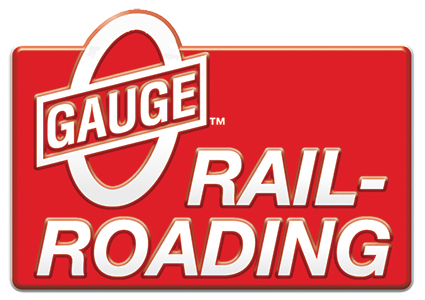My disclaimer: test everything yourself first....you know the drills 
I've soaked plastic models (not trains, Revell, Monogram, Tamaya, etc). in Castrol's "purple degreaser"(Super Clean?) to remove botched paint jobs in the past (usually on Testors paint). It worked well, rubbed off with a toothbrush. The plastic did soften some initially. Letting it sit for a few days they seemed fine and are still around today. I even cleaned a 30yr old model my uncle started as a kid and repainted it. It did seem to soften some detail SLIGHTLY. Nothing compared to a coat of paint though.
It doesn't desolve the paint so much as penetrates under it and breaks the very thin bond layer away. Paint comes off like a thick waterslide decal.
I noticed the same thing with oven cleaner. Very fine detail change on models.
Could be the same active ingredients. Oven cleaner degreases well too. Both require gloves, but short term exposure isn't painful with them either. Both pune the skin then, dry your skin out as moisture dissipates.
Dont use "the purple" on some alloys or aluminum, it can cause changes in the metal and the end result looked kinda like the beginning of Zinc pest, to discoloration. (I tried it on some thick Magn./Alum. alloy and Alum. ) Bottle warns against it too.
Simple Green was reported to melt FT here years ago and I have no reason to doubt him. But others have claimed to use it on plastics without issue.
I've had citrus cleaners gum up plastic pretty good too; but these days who knows whats in a product like that anyhow detailers
..feel lucky? 
Soda blasting?
Edit: Who.is missing or used the word "detailers"?......after two weeks of no issues, looks like Google has issued another great update to rid the world of mistake free text.




